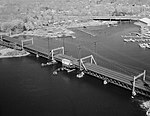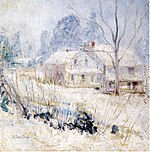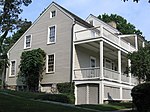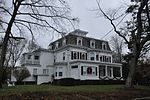Lauder Greenway Estate
Buildings and structures in Greenwich, ConnecticutGilded Age mansionsLauder Greenway FamilyRenaissance Revival architecture in Connecticut
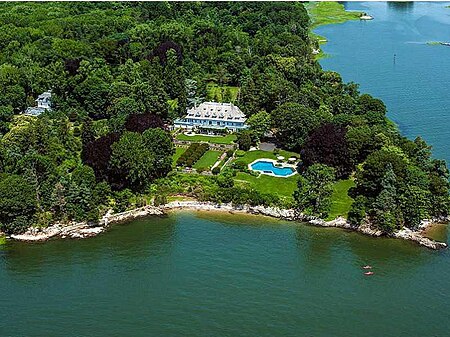
The Lauder Greenway Estate is a 50-acre (20 ha) private property with a French Renaissance mansion in Greenwich, Connecticut. For a time, it was the most expensive home in the history of the United States.Built for industrialist John Hamilton Gourlie in 1896, it was purchased by the Lauder Greenway Family in 1905 and would stay in that family's hands for a majority of its existence. It is the largest surviving Gilded Age mansion in Connecticut.
Excerpt from the Wikipedia article Lauder Greenway Estate (License: CC BY-SA 3.0, Authors, Images).Lauder Greenway Estate
Indian Field Road,
Geographical coordinates (GPS) Address Nearby Places Show on map
Geographical coordinates (GPS)
| Latitude | Longitude |
|---|---|
| N 41.0189 ° | E -73.6018 ° |
Address
Indian Field Road 499
06830
Connecticut, United States
Open on Google Maps


